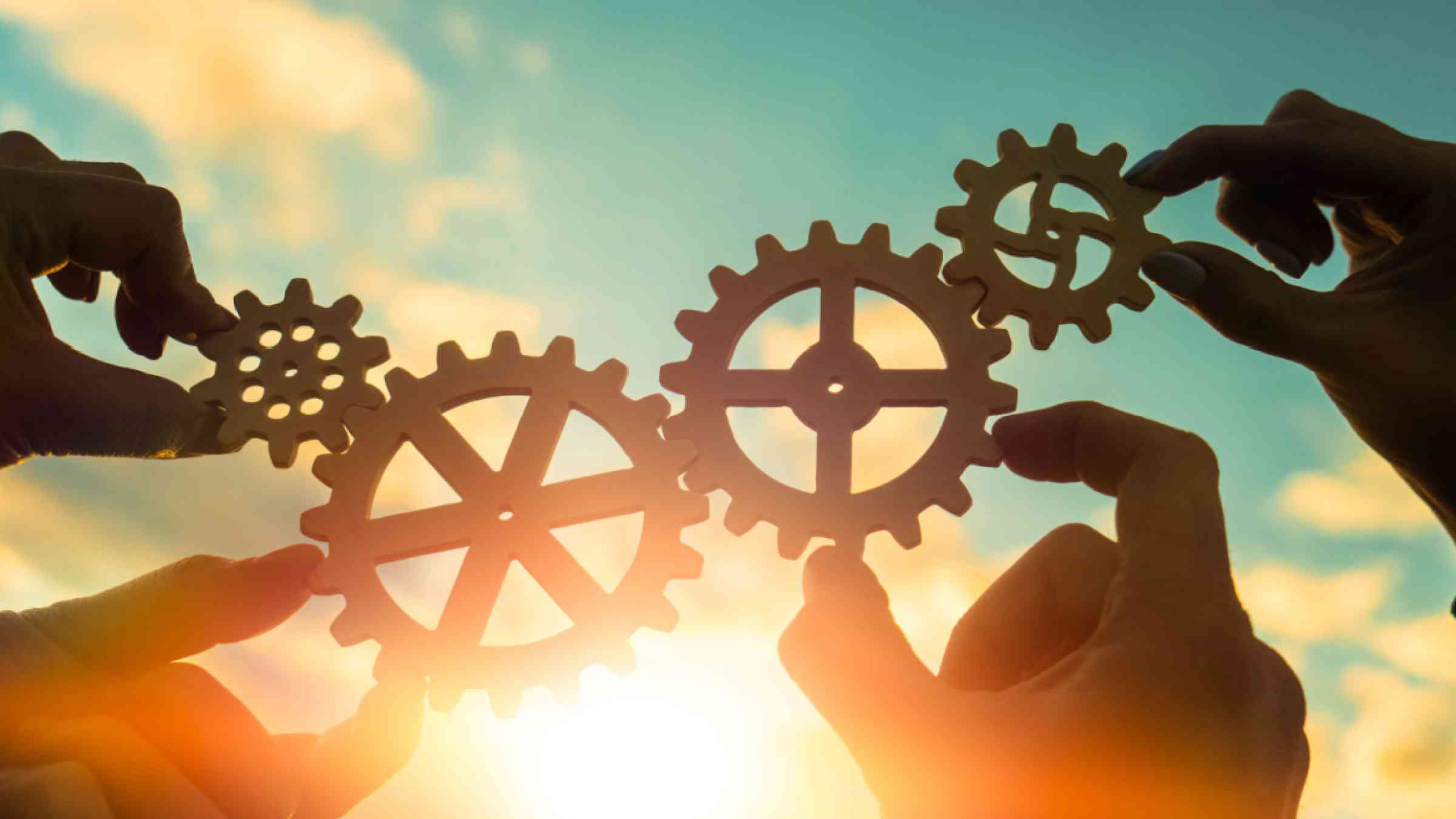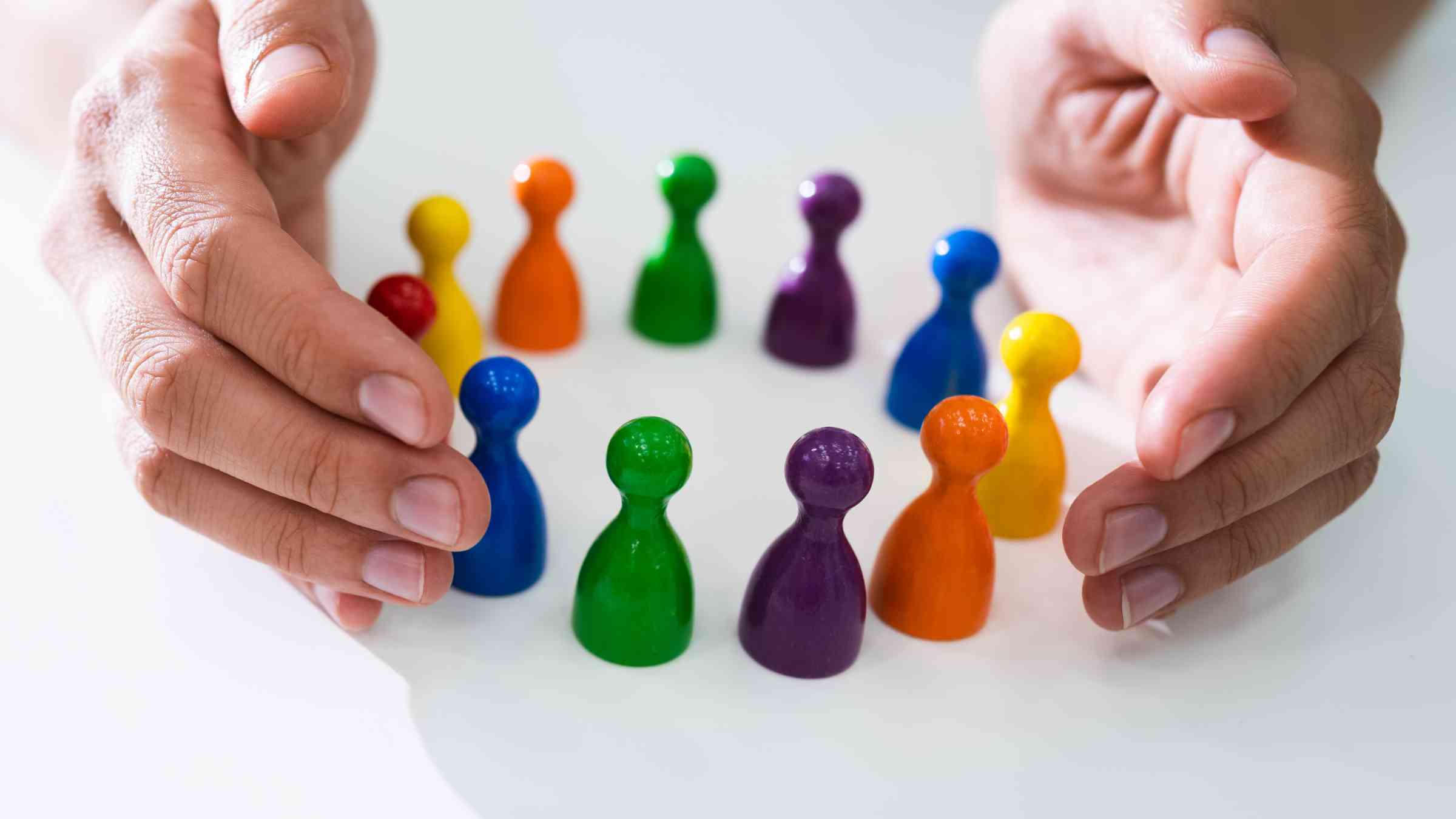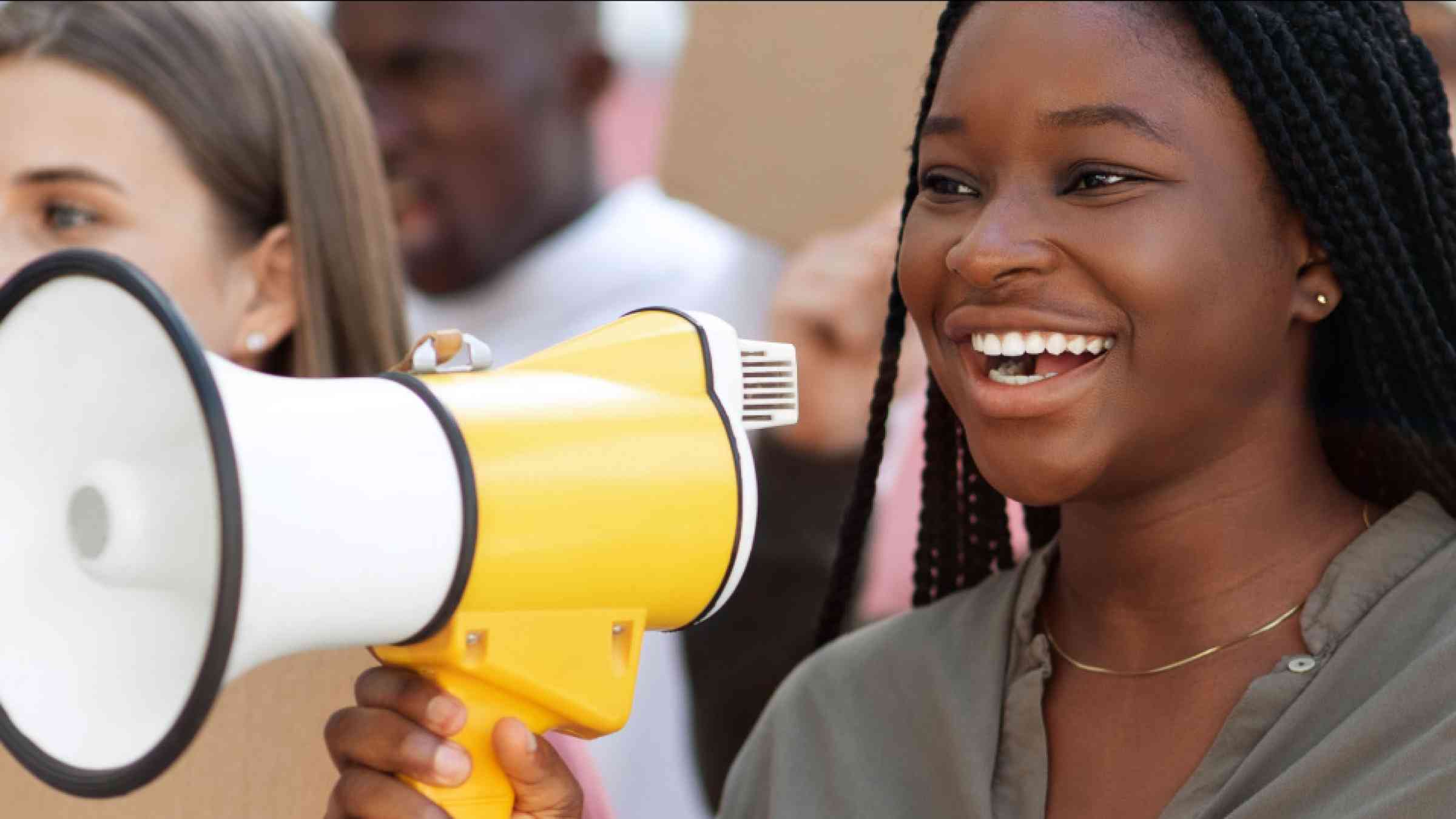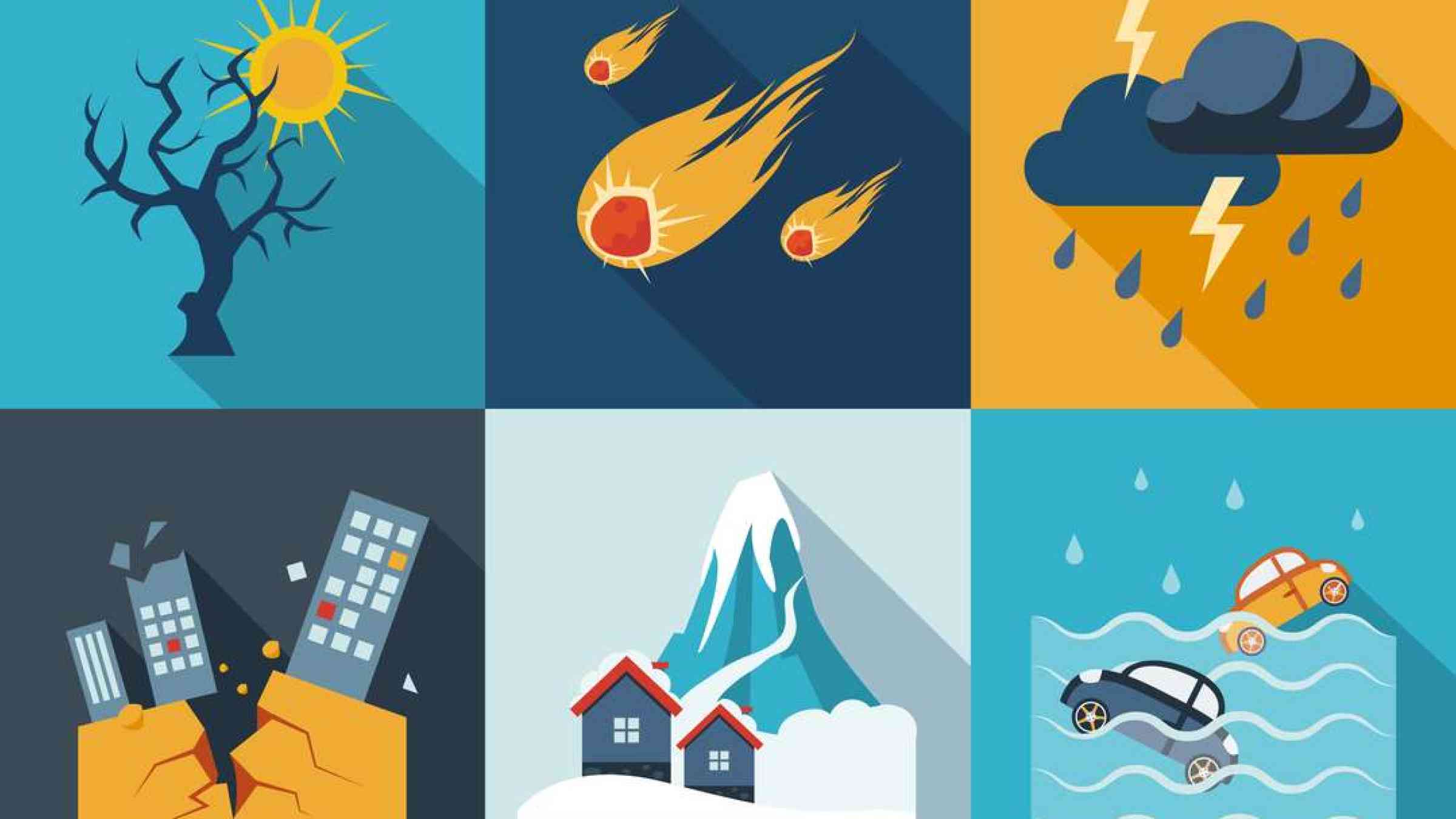No Natural Disasters
Why are disasters not natural?
#NoNaturalDisasters – Hazards may be natural. Disasters are not
We often hear about “natural disasters” in the news or from NGOs and international organisations (even some less-well informed UN agencies!).
The truth is, there is no such thing as a natural disaster.
Disaster = hazard + exposure + vulnerability
A natural hazard, such as a hurricane, earthquake, or flood, only becomes a disaster when it impacts a community that is not adequately protected, and whose population is vulnerable as a result of poverty, exclusion or socially-disadvantage.
There are also disasters that result from natural hazards, like wildfires or desertification, that have a devastating effect on natural resources, laying waste to ecosystems and wildlife habitats. Some of these originate from man-made hazards, like chemical spills or nuclear leaks. This destruction can have serious effects on the communities that co-exist and rely on these resources, causing economic and cultural losses, and ruining lives and livelihoods. Still, those aren’t natural disasters.
We can stop hazards from becoming disasters
By shrugging off a catastrophic event as a “natural disaster” one is refusing to take responsibility for the damage and destruction.
But we know it is possible to reduce the risk from hazards, man-made and natural. We can give early warning for some events, and put in place safety plans. We can identify the most at-risk people, and ensure that that they are given special protection. We can build homes and infrastructure so that it can withstand earthquakes and extreme weather, protecting the people for whom it is built. We can invest in resilience, and establish financial mechanisms to rebuild and prevent the disaster-poverty vicious cycle.
These are deliberate decisions – and failing to act on them is the real cause of disasters. There is nothing “natural” about it.
Don’t accept any natural disasters
Next time you hear that phrase – “natural disaster” – step up to the mark and correct the speaker: “There is no such thing as a natural disaster.”

"Over the last twenty years thinking about how to reduce disaster losses has greatly expanded beyond a simple focus on disaster management to consideration of all the other elements that contribute to increasing the risk of loss of life, injury, damage to critical infrastructure and economic losses when disaster strikes."
Mami Mizutori
You have a choice. Use your voice
Join the conversation now and advocate for risk-informed decisions to prevent hazards from becoming disasters.
Here are some resources to help you spread the word that it is in our power to ensure there are no natural disasters:
Cards

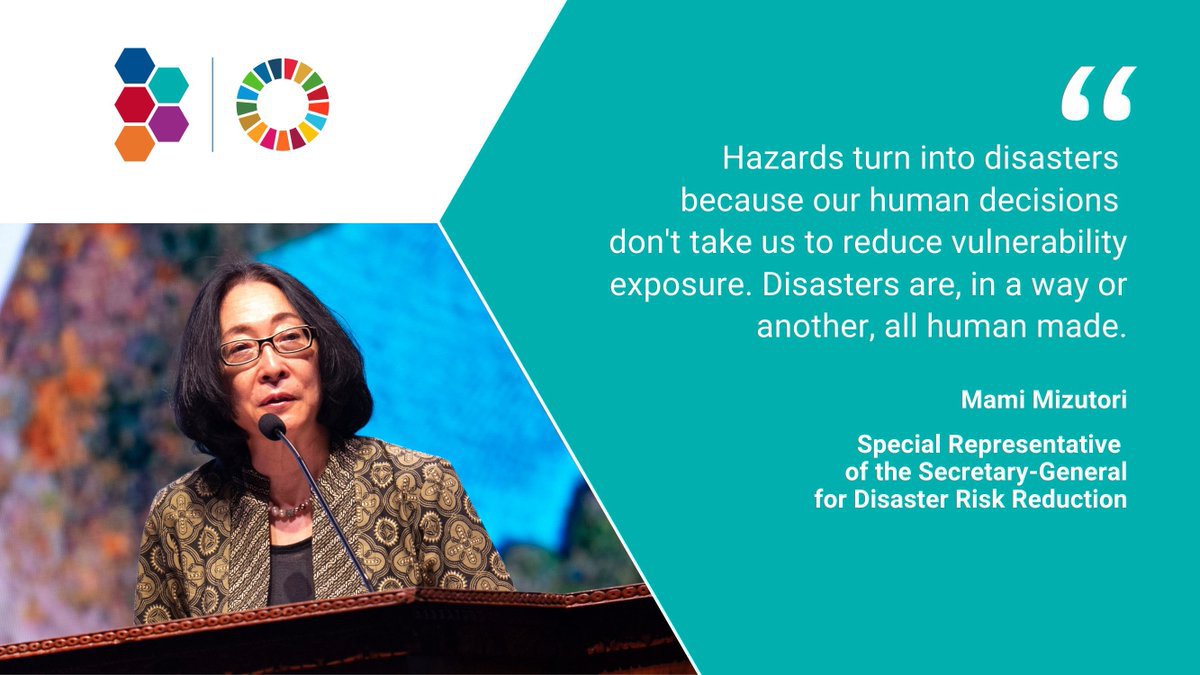
#NoNaturalDisasters | #DRR
Animations
A natural hazard becomes a disaster when it combines with exposure and vulnerability to cause loss of life, hurt, and injury to people, along with economic loss. In a way or another, disasters are a societal failure. #NoNaturalDisasters | #DRR
Hazards are natural, disasters are not.
The decisions we make can either create or reduce risk. Understanding the key components of #DisasterRisk is critical to prevent hazards from turning into disasters. https://preventionweb.net/understanding-disaster-risk/component-risk/disaster-risk…
There is no such thing as a natural disaster, but disasters often follow natural hazards: https://bit.ly/3QonEEB
➡️ Disasters are not natural. Unplanned urban expansion plays a major role in the global increase in flood disasters.
A recent GFDRR study published in the journal Nature warns that communities worldwide have consistently and rapidly expanded into flood-prone zones. These findings have concrete implications for urban planners and policy makers.
In areas where #flood exposure is already high, investments in disaster preparedness and protection are crucial to mitigate losses. In areas where flood exposure is still low but rapidly increasing, revision of land use and urbanization plans are urgent priorities to avoid new construction in the highest-risk areas.
Natural hazards are more likely to become disasters if these factors are overlooked: https://bit.ly/3An3d2I
Videos
Disasters don't have to happen. They are not a 'natural' part of life.
❌ Natural hazards such as earthquakes, volcanic eruptions 🌋 and tsunamis 🌊 may be impossible to stop, but there is nothing inevitable about the loss of life and economic damage they inflict. #NoNaturalDisasters
There is no such thing as a natural disaster, but disasters often follow natural hazards. @UNUEHS & @_MCII_ Climate Risks Analytics expert, Eike Behre, explains it as part of the new #Riskepedia video series.


